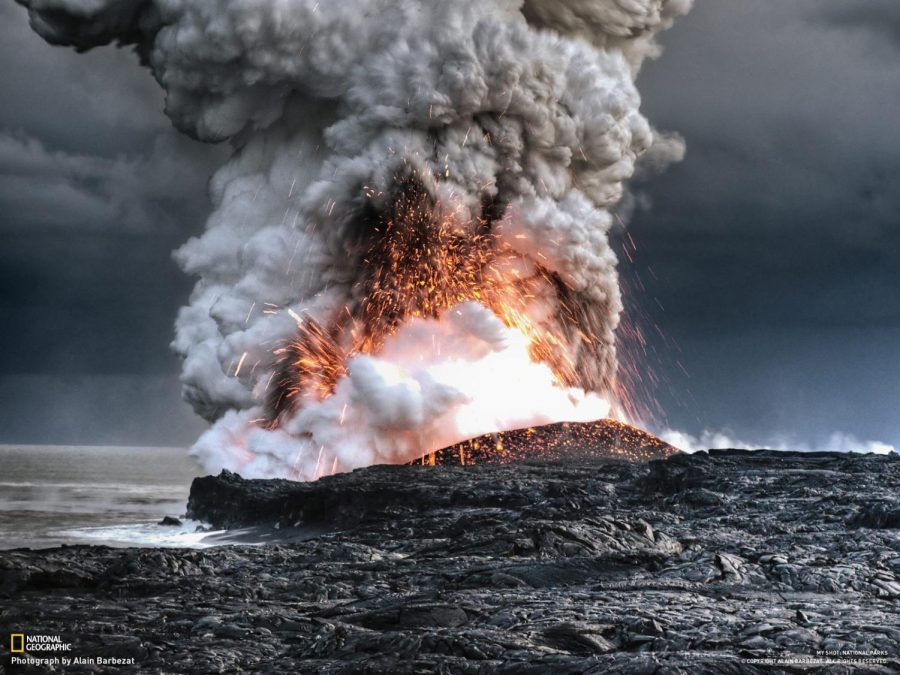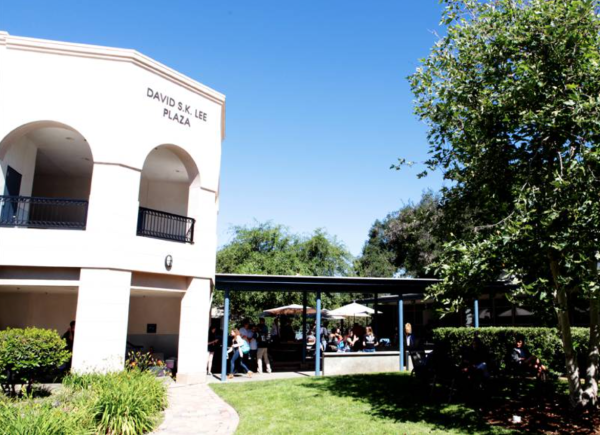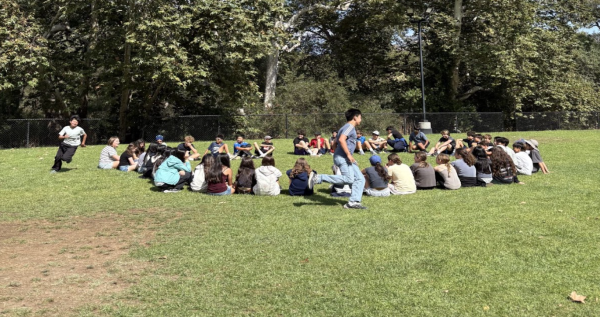The Once-In-A-Millennium Explosion
Photo courtesy National Geographic
One of the loudest events to occur in the past century happened on January 15, near the island nation of Tonga. The volcanic explosion spewed gas and ash up to 12 miles into the atmosphere and caused tsunamis and high waves to reach the shores of the United States, Peru, New Zealand, and Japan. Waves have inundated Nuku’alofa, Tonga’s capital, and parts of the neighboring Pacific Island nations such as Fiji and Samoa. The ashes caused by the eruption are also contaminating water supplies and affecting the air quality in Tonga. Thus far, at least two people have been killed in Tonga and two died from high waters in Peru. As a result, tsunami advisories and warnings of abnormally high waves have been issued in countries in close proximity to Tonga. Countries such as New Zealand, Australia, China, and Taiwan have all stated that they are willing to provide food supplies, medical, and technical support.
Currently, Tonga remains largely cut off from the rest of the world. Undersea communication cables have been cut by the explosion and no airplanes have been allowed to leave or land near Tonga due to visibility issues. As a result, the process of assessing damages and getting assistance to Tonga is moving unusually slow. A United Nations coordinator in Fiji admitted, “I’ve dealt with a lot of these kinds of crises. This one is a bit different.” While it usually took half an hour for the UN to respond and deploy staff after a disaster, it took over a day for the Tonga eruption. Another complication Tonga faces is being potentially exposed to Covid after remaining pandemic-free since its lockdown. Foreign relief and deliveries could reintroduce the coronavirus, which may further delay relief efforts in the country.
Shane Cronin, a professor in Volcanology at the University of Auckland, New Zealand, claimed that this volcano eruption was a “once-in-a-millennium event.” According to Cronin, it takes around 1000 years for those volcanoes to fill with Magma, which crystallizes and builds pressure. In this case, the force of the explosion was large enough that tsunami waves were able to hit the West coast of the U.S. and produced clouds over 200 miles in diameter that was seen from space. Lastly, the explosion caused 63,000 lightning strikes per 15 minutes, which is incredibly rapid. The sheer force and impact of this explosion are unparalleled since the 1991 eruption of Mount Pinatubo in the Philippines.
Scientists claim that the size and power of the Tonga explosion seem to be bigger than the largest nuclear explosions ever conducted. Detectors of the Comprehensive Nuclear-Test-Ban Treaty Organization from around the world heard the boom, which is the loudest event the system had detected in over 20 years. Roughly 10,000 miles from the explosion site, in Austria, it was reported that a shock wave over 2 hectopascals in strength was detected. In comparison, the largest nuclear weapon ever tested, the Tsar Bomba, only generated a shock wave of 0.6 hectopascals detected in New Zealand, which was around the same distance away from the test site.
The Tonga volcano eruption was deadly, and its effects disastrous. The sheer force of the eruption caused abnormally high tides, tsunamis, and shock waves felt around the world. Surrounding islands in Tonga have been either flooded or decimated. As the people of Tonga attempt to recover from this disaster, more and more countries continue to pledge support and relief. This “once-in-a-millennium event” will be studied by scientists to fully understand the specific causes and chemistry behind such a powerful blast.
Sources
https://www.npr.org/2022/01/18/1073800454/nasa-scientists-estimate-tonga-blast-at-10-megatons
https://www.nationalgeographic.com/science/article/the-science-behind-the-tonga-eruption-and-tsunami
https://www.nytimes.com/2022/01/21/world/australia/tonga-volcano.html

Grade: 12
Years on Staff: 3
Why are you writing for the Flintridge Press?
I want to use my affinity for writing in the Press to spread information...











